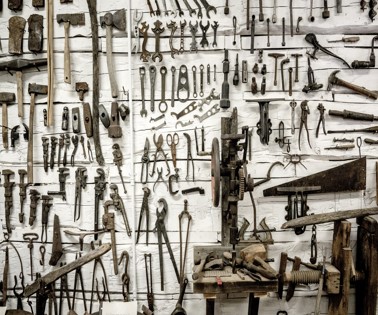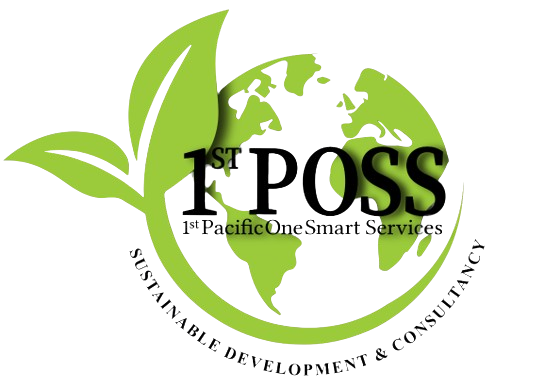
Developers Toolbox
Today Sustainable Real Estate Development is development that meets the needs of the present without compromising the ability of the future generations to meet their own needs.
This development is based on the three core principles of economic growth, social inclusion and environment protections. (PEOPLE – PLANET – ECONOMY) This “section” is devoted to what we as Sustainable Real Estate Developers and Consultants’ offer our clients and customers to help them achieve their sustainable goals!

What is ‘Historic Preservation? Historic preservation helps us tell the stories of our “nation’s history”, our ancestors and sets the stage for our future. Understanding of the past to future generations is facilitated from the preservation of our historic past.
Studies have also shown that communities are more economically and environmentally sustainable when it is complete with a health mix of new and old structures. Historic preservation by restoring older commercial buildings is also environmentally responsible and pays dividends for future generations. The high cost on the environment from the energy intensive production of new building materials, construction activity are greatly reduced when you perform historic preservation with existing building.
Historic Preservation – One of the ways resources remain intact for the enjoyment of future generations, is through the process of historic preservation, which ensures and keeps our ties to the past strong. Those same studies also suggests that in commercial zones preserved structures add character and charm, enhance neighborhood pride and contribute to fostering a strong cultural identity among generational residents, thereby welcoming others. Historic Preservation means building on “Existing Building” already in place in your community. Existing Buildings offer an excellent time to reduce the environmental impact of a building over its functional lifecycle and also, the opportunity to bring stakeholders together for discussion of necessary issues and to actively involve key players and set realistic project goals, to ensure the success of your ‘preservation objectives, and efforts’!
Research has shown that preserved residential and commercial spaces are an asset to their communities and a necessary building block for creating a sustainable neighborhood. A number of Real Estate Studies have shown that home values within a historic district rise more quickly than comparable areas and that buyers are willing to pay a premium for homes in preservation zones.
Factors such as the rapid urbanization and our prior societies, coupled with the relative scarcity of public shared facilities such as green areas and our acclimatization to the use of the automobile all led to our current community structure. This development has made creating future planning difficult. Some of the things that make for a more sustainable neighborhood is to ‘avoid urban sprawl and protect vital resources by encouraging the efficient use of existing infrastructure. In addition to achieving this, we support a good neighborhood pattern & design, that promotes walkability, that will encourage the development of economically and socially vibrant communities. This includes green infrastructure and building that maximize ecological opportunities and reduce environmental impacts.
At 1stPOSS, we understand that when talk about building a sustainable ‘neighborhood & community’ that you must address a number of human needs, usually where people of diverse backgrounds and perspectives and that it takes focus and a long-term perspective.
We encourage a community sprit that creates a sense of belonging, a sense of place, and offering incentives to citizens who use green energy sources to power their building.
We encourage the Preservation and enhancements of our public spaces and historic resources while boosting green spaces for healthier environments.
We encourage the reuse, and recycling of waste and the conservation of water, land, and energy and we encourage the use of renewable , clean energy.
Marketing and marketing strategy is a ‘company’s value proposition and it is used to establish brand, current methods of messaging and other gathered data elements to reach prospective consumers of your products or services and make them customers. Tradition strategic marketing and sustainable marketing are both a set processes that are interconnected and in today’s world they are ‘interdependent’ which when undertaking them together, they are key to you achieving a company’s ‘sustainable’ marketing success. Any marketing effort must be profitable to be considered a success and because it a ‘huge’ part of your organizations marketing, it must also be measured, to verify that success. When your brand values, and current practices, are used in the promotion of environmental and socially responsible products and services, they must also support your strategy and marketing plan and over-all sustainability goals, both innovative and socially, and only when brand values, current practices, as well as your marketing, are in line with your environmental and social responsibilities will it be considered sustainable.
The big difference between ‘green marketing’ and Sustainable marketing is: sustainable marketing is a ‘holistic approach’ that takes in the larger ‘social and environmental issues’ which are enormous in its reach and need to be addressed on a much different concept or frame of mind and is much different than a seasonal promotion or eco product. Sustainable marketing is a ‘set’ of steps and principles that must be followed to achieve the goals that you set forth. Again, Sustainable marketing is the promotion of socially responsible products, services in a Sustainable way. By engaging both these practices, your traditional methods and the more ecofriendly methods, together you and your firm, company or business will be a head of the trends and goals of ‘sustainability’ and at the same time making a huge contribution to the ‘global economy’ and fulfilling your commitment to People, Planet, and Profit.
How can I make my home sustainable? 1. Look into the possibility of installing a smart meter 2. Invest in energy efficient light bulbs. 3 Installing solar panels on your home. 4. Insulate your home properly. 5. Install underfloor heating. 6. Keep house repairs local. 7. Pick water-based paints 8. Double glaze your windows. These are just a few of the things you can do to make your home sustainable!
Some of the fastest and most cost-effective ways to reduce energy that is used and wasted is to increase your home’s insulation, Start with more efficient doors & windows, skylights and ENERGY STAR products (appliances) Both wooden & metal frames are good options. (recyclable)! Improve the comfort in your home by installing storm windows & doors. More efficient windows limit heat loss, reduce cold spots and help keep the noise out and eliminate condensation. Use Double or Triple-glazed windows. In addition to your windows & doors, your building envelope plays a significate role in energy efficiency. So, what is the building envelope? Roofs, walls, windows, & doors as well, are the primary components of the building envelope. Your “task” is to minimize the heat transfer through the building envelope.
Result
Designing more sustainable neighborhoods requires an understanding of how design decisions on location, movement, connections, orientation and biodiversity make a place more or less sustainable. There is a growing need to create accommodating places that contribute to a healthy environment and support a strong community economically and sustainability. The neighborhood outline must be designed to influence confidently the microclimate, to diminish energy use and simplify local sourcing or materials and the use of renewable energy. Factors such as water use, and waste management should also be considered in integrated planning.
